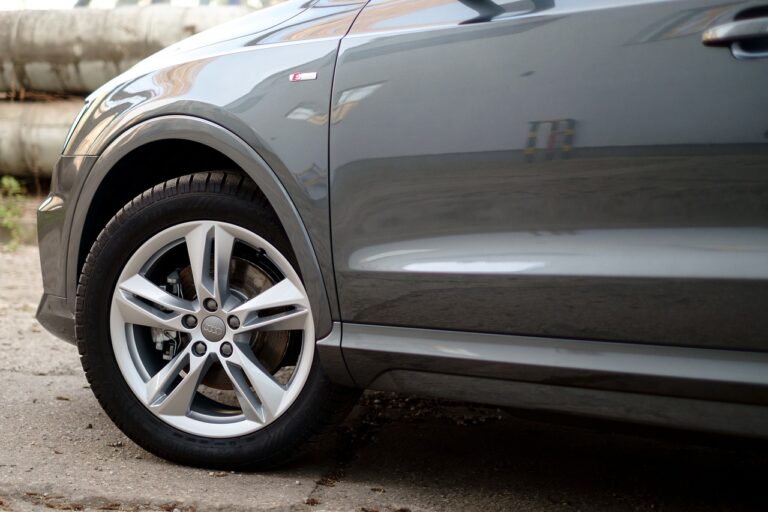The Impact of Urbanization on Auto Ownership Patterns
When it comes to auto ownership in urban areas, one of the key factors that influence individuals’ decisions is the availability and efficiency of public transportation systems. Cities with well-connected and reliable mass transit options often see lower rates of auto ownership, as residents are able to easily navigate the city without the need for a personal vehicle. Conversely, in cities where public transportation is limited or unreliable, individuals are more likely to own a car for convenience and mobility.
Another significant factor that plays a role in auto ownership in urban areas is the cost of living and housing affordability. In cities where housing prices are high and parking spaces are limited, owning a car can become a burden due to the additional expenses of parking permits or garages. As a result, some urban residents opt to forgo car ownership and rely on alternative modes of transportation such as biking, walking, or using ride-sharing services to save costs and avoid the hassle of owning a vehicle.
Changes in Transportation Preferences in Urban Settings
In recent years, urban dwellers have shown a noticeable shift in their transportation preferences. The traditional reliance on personal vehicles is gradually being replaced by more sustainable and convenient options. As cities become more congested and concerns about environmental impact rise, people are increasingly turning to alternative modes of transportation that offer flexibility and cost-effectiveness.
One of the key factors driving this change is the emphasis on accessibility and convenience. Public transportation systems have been continuously improving, offering commuters a reliable and efficient way to navigate urban centers. Additionally, the rise of ridesharing services and bike-sharing programs has provided urban residents with more choices for their daily commuting needs. As a result, many individuals are opting for a combination of different transportation modes to suit their specific requirements.
Rise of Shared Mobility Services in Cities
Shared mobility services, such as ride-hailing, car-sharing, and bike-sharing, have been gaining popularity in urban areas across the globe. These services offer convenient and flexible transportation options for city dwellers who prefer not to own a vehicle but still require mobility for their daily activities. With the rise of these services, more people are opting for cost-effective and environmentally friendly alternatives to traditional car ownership.
One of the driving factors behind the surge in shared mobility services is the growing emphasis on sustainability and reducing carbon footprints in urban environments. Many city residents are becoming more conscious of the environmental impact of excessive car ownership and are choosing to support shared mobility options that promote a more eco-friendly mode of transportation. As a result, cities are seeing a shift towards a more sustainable and efficient transportation system that prioritizes shared resources over individual ownership.





